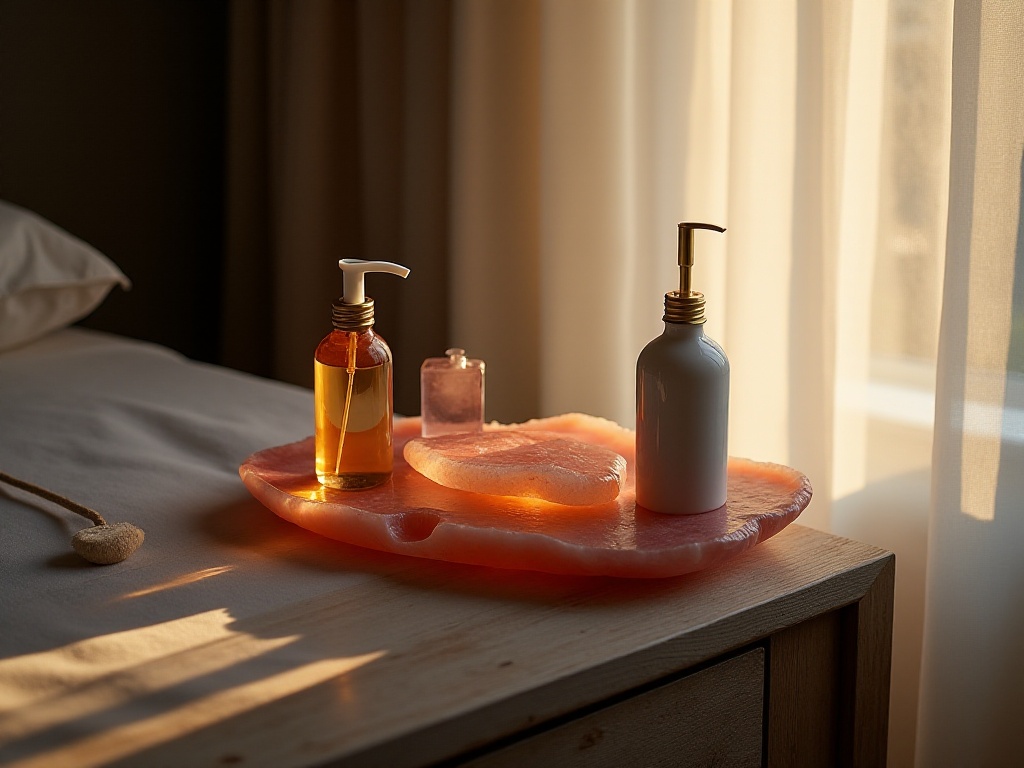
Opening Chat
Hello everyone! Today I'd like to share my experiences with organization and storage over the past two years. As someone who used to keep their room like a pigsty, to now being able to keep my home neat, tidy, and clean, this transformation has really impacted me.
I remember how overwhelming it used to be every time I came home and saw the mess everywhere. Clothes thrown around carelessly, books scattered randomly, and various small items stuffed who knows where in the corners. Whenever I wanted to clean up, just looking at the chaos would discourage me - I had no idea where to start. Even worse, after finally mustering the determination to clean up once, everything would return to its original state after just a few days. This vicious cycle was truly maddening.
I believe many of you have experienced similar frustrations? But don't worry - after two years of continuous exploration and practice, I've finally found an organization method suitable for ordinary people. Today I'll share my experiences with you, hoping to help those who face similar struggles.
Getting Started
First, I want to say that organization is definitely not something that happens overnight. I know there are many organization experts on short video platforms now, and their videos look absolutely perfect. But don't be misled by those videos into thinking you can immediately transform your home into a showroom after watching a few videos.
I learned this lesson the hard way. Last year, after watching an organization influencer's video, I confidently planned to remake my entire room over one weekend. The result? Just organizing the wardrobe took half a day, and in the end, I was exhausted and hadn't even completed half the work. This kind of rushed approach often leads to strong feelings of defeat and even giving up entirely.
So I especially recommend starting with the simplest tasks. For example, start by practicing with a drawer you use every day or a small wardrobe. Remember, never try to organize the entire room at once when starting out - this can easily lead to self-doubt.
When I first tried organizing, I chose my bedside table drawer. To be honest, this drawer was really messy, with various chargers, earphones, medicines, and skincare products all jumbled together. But because the scope was small, it only took me 15 minutes to organize it properly. Although it was just a small drawer, looking at its transformed state gave me such a sense of achievement that it sparked a strong interest in organization.

The Rules of Decluttering
Before formally starting organization, you must first declutter. Simply put, throw away what needs to be thrown away, and give away what needs to be given away. But many people encounter a problem: how do you judge whether something should be kept or not? After so much practice, I've summarized several particularly useful judgment criteria.
First is the "One Year Unused Rule." It's actually very simple - if you haven't used something for over a year, then the necessity of keeping it is really questionable. Last year I used this standard to clean out my wardrobe. To be honest, I was really shocked at the time - I found two whole boxes of clothes I hadn't worn in a year! Some clothes even still had tags attached, showing how impulsive those purchases were.
Then there's the "Duplicate Items Rule." This applies to items of the same type - if you have too many, keeping the 1-2 most frequently used ones is completely sufficient. To give the simplest example, I used to love collecting mugs and had seven at home. But thinking carefully, I would only use one or two of the most convenient ones when drinking water, while the others just collected dust in the cabinet. So later I gave away the extra mugs, and now with just the two most used ones left, I actually feel more relaxed.
Finally, there's the "Emotional Value Rule." This principle is mainly used for dealing with so-called mementos. Whenever I need to handle these types of items, I ask myself one question: "If this item suddenly disappeared, would I still remember it a month later?" For example, textbooks and notes from school days, or souvenirs from various events - although they seemed meaningful at the time, you completely forget their existence after they've been stored away for a while. Using this question as a measure, I threw away many so-called "mementos," and looking back now, I really don't regret it at all.
Another important point is that decluttering isn't about throwing everything away, but finding a balance that works for you. For example, I really love reading, so my standards for books are relatively more lenient. But even so, I still regularly organize and give away or sell books that I've read and found ordinary and probably won't read again.
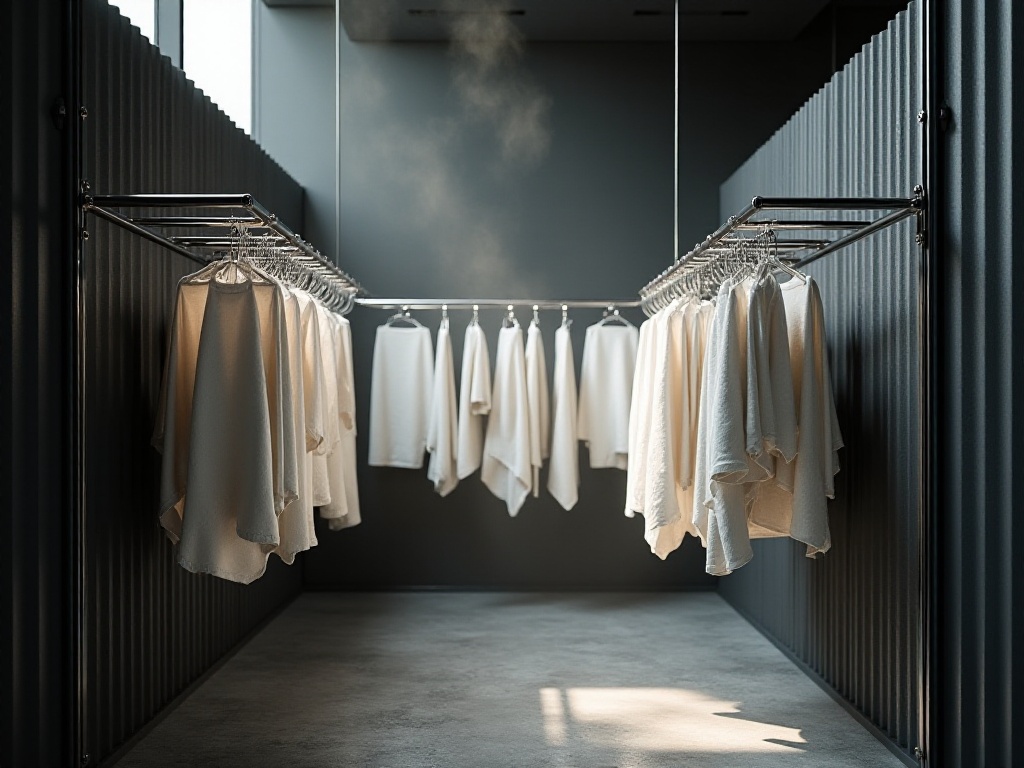
Space Planning
After completing decluttering, we come to the crucial space planning stage. The most important thing to remember at this step is one core principle: make full use of vertical space. Many people only pay attention to horizontal space usage when organizing but ignore the huge possibilities that vertical space brings.
My kitchen is a good example. Previously, I placed all the seasonings horizontally in the cabinet, making it very troublesome to find things when cooking, and often leading to duplicate purchases because I couldn't see the bottles at the back. Later, I installed a multi-layer rack on the back of the cabinet door and arranged all the seasonings vertically, which not only saved a lot of space but also made finding things much more convenient. And because everything is visible at a glance, I never buy duplicate seasonings anymore.
Bedroom closet organization also applies this principle. I divided the closet into three zones - top, middle, and bottom: the top space is used for seasonal clothing since it's not frequently used; the middle position is the most accessible, so it holds daily wear clothes; the bottom is for bags and shoes. This zoning method not only makes space utilization more rational but also makes finding things more efficient.
Besides utilizing vertical space, I also pay special attention to the choice of storage tools. I used to think storage items were just boxes for holding things, and any cheap one would do. But practice has shown that good storage tools can greatly improve organization effectiveness. For example, for drawer organization, I now choose modular grid storage boxes that can be freely combined, so I can adjust the grid size according to item sizes, avoiding wasted space while maintaining orderliness.
I have several small suggestions for choosing storage tools. First, try to choose transparent storage boxes so you can clearly see what's inside. Second, if you're stacking storage boxes, it's recommended to choose ones with lids, which not only prevent dust but also stack more stably. Finally, the size of storage boxes must be chosen based on actual needs - don't blindly pursue large capacity, as oversized storage boxes can easily become dumping grounds for miscellaneous items.
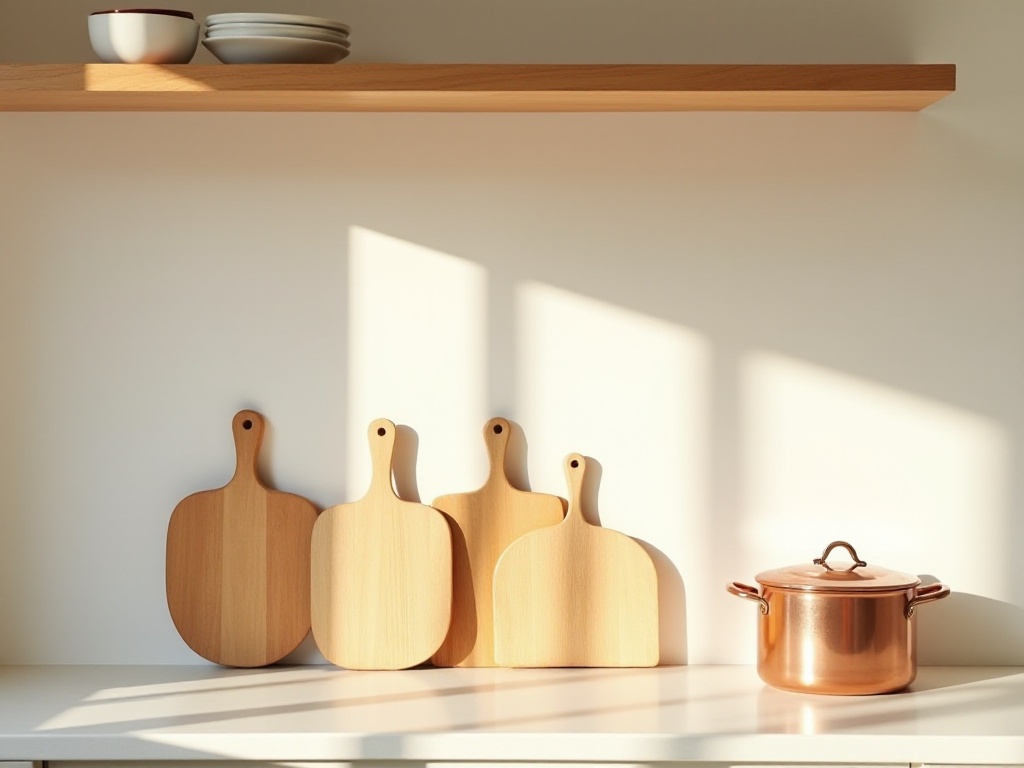
Life Hacks
When it comes to specific organization techniques, what I most want to share is "categorical organization." Many people think categorizing is troublesome, but actually, once you master the principles, it's not difficult to maintain. The key is to establish a classification system that matches your usage habits.
Taking my desk as an example, I divided all stationery into four main categories. First are writing tools, including various pens, pencils, markers, etc. I store these in an upright pen holder for easy access. Then there are binding supplies like staplers, paper clips, and binder clips, which I keep in a compartmentalized storage box where each item has its fixed grid. The third category is sticky notes, including Post-its and labels, which I store in a dedicated file rack. Finally, there are other supplies like rulers and scissors that aren't used often but are essential - I keep these in a separate storage box in the drawer.
Each category of items has its dedicated storage location and must be returned immediately after use. When first implementing this rule, it might seem troublesome, and you might think "I'll put it away later" or "I'll just put it anywhere." But if you can persist for a while, you'll find this habit is really great. Because when everything has a fixed place, not only is it convenient to find things, but it also prevents items from piling up.
Besides stationery, I use a similar categorization method for my skincare products and cosmetics. I divide them into daily skincare, makeup, and tools. Daily skincare items like toner, lotion, serum, and cream are arranged in order of use, so I'm not fumbling around during my skincare routine. Makeup items are categorized by area - base makeup, eye makeup, and lip products each have their own storage box. As for makeup tools like brushes and powder puffs, I use a vertical storage rack, which not only maintains the tools' shape but is also convenient to use.
For clothing storage, I also have some practical tips. For example, when folding clothes, I use vertical storage methods. This means folding clothes into rectangles, then folding them into thirds, and storing them vertically in drawers. This way you can see all your clothes at a glance, and taking items out won't mess up other clothes. For items that easily lose shape, like sweaters, I use special hangers, which maintain their shape without taking up too much space.
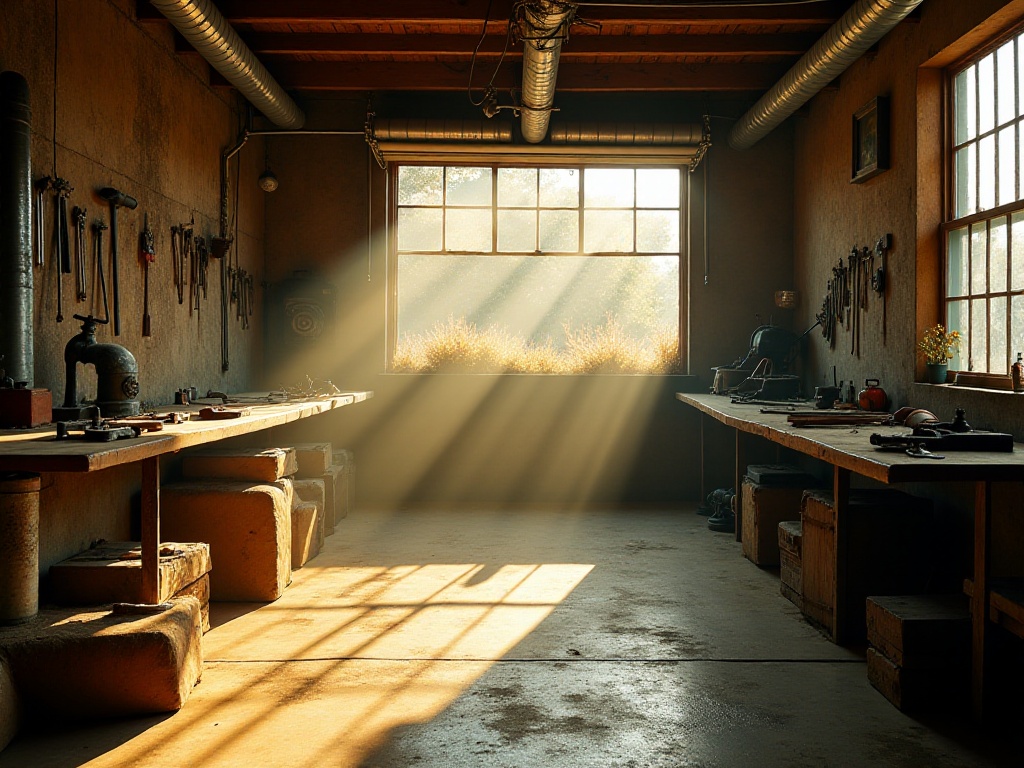
Ongoing Maintenance
Finally, I want to emphasize that a good organization system needs continuous maintenance. Many people might think that once things are organized, they're done, but in reality, without ongoing maintenance, even the most perfect organization system will gradually collapse.
I've developed a habit of spending 5 minutes before bed doing simple organization. This includes putting used items back in their places, folding worn clothes and putting them in the closet, categorizing miscellaneous items on the desk, etc. This habit might seem trivial, but it's really effective when maintained. Because you only need to deal with each day's chaos, clutter doesn't accumulate to an unmanageable level.
Besides daily simple tidying, I also spend half an hour every weekend doing small-scale organization. During this time, I mainly check if each storage area is maintaining its original order, and if I find anywhere starting to become chaotic, I adjust it immediately. For example, checking if desk drawer stationery is all in its proper place, if skincare products need replenishing, if clothes in the closet are still maintaining their neat state, etc.
Every quarter, I also do a major cleanup. This is when I do some deeper organization, like checking for expired skincare products that need throwing away, clothes that are no longer worn that can be cleared out, books that have been read and can be dealt with, etc. This regular major cleaning ensures that too many useless items don't accumulate at home.
Remember, organization isn't a one-time project, but a process that needs continuous optimization. Like myself, when I first started organizing, I was still using various shoe boxes as storage boxes, but now I've switched to more aesthetic and practical storage items. Moreover, as lifestyle changes, organization methods need to adjust accordingly. For example, after starting to work from home last year, I reorganized my study's storage system, adding more space for file storage.
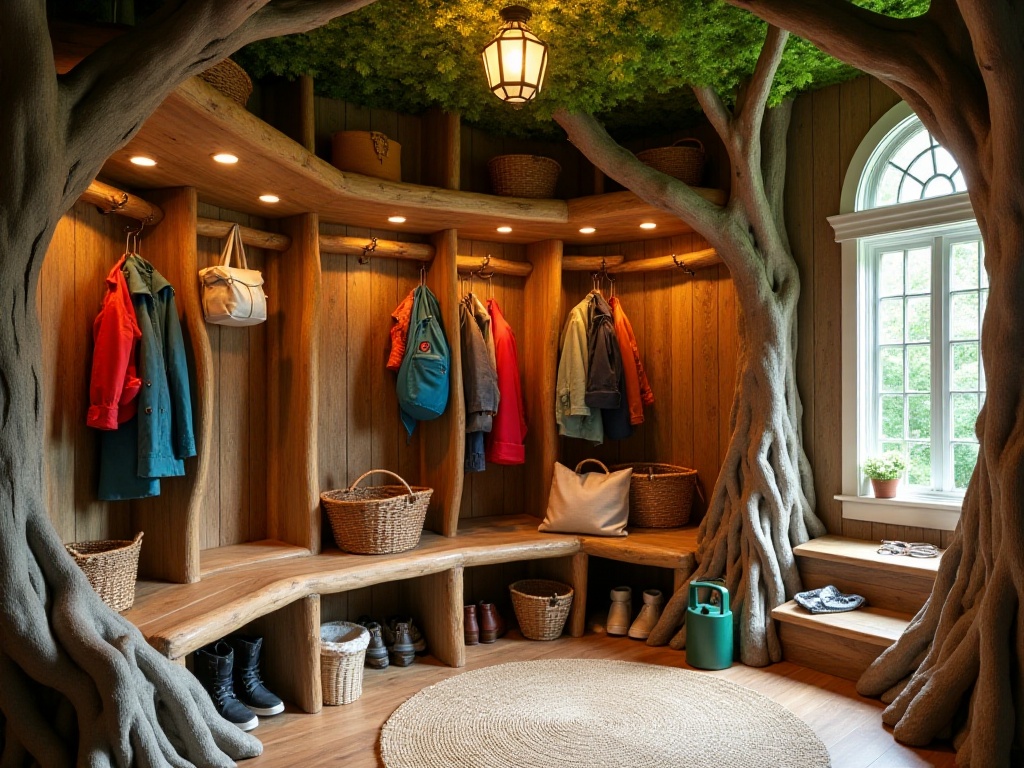
Final Thoughts
Honestly, organization might seem like a small thing, but the changes it has brought me really exceeded expectations. It's not just that the living environment has become neat and orderly; more importantly, a well-organized environment can make people feel particularly happy, and work and life efficiency also greatly improve.
Now every time I come home, seeing the clean and tidy environment makes me feel especially good. No more worrying about not finding things, or being concerned about sudden visitors seeing a messy room. And because everything has a fixed place, tidying up has become particularly easy - there's no more spending an entire day cleaning only to still end up with chaos.
If you're currently struggling with organization issues, why not start by organizing your bedside table? Trust me, when you see your newly transformed storage space, you'll fall in love with this just like I did. Remember, change is always gradual - just take the first step, and the path ahead will become increasingly easier.
Finally, I hope this article can provide some inspiration and help to those who are struggling with organization. If you also have good organization suggestions, welcome to share them in the comments section. After all, improving life is something we need to work on together, progress together. Let's create a neat and comfortable living space together!
Next
Building an Exercise Habit from Zero to One: A Method That Kept Me Going for a Whole Year
A comprehensive guide to establishing a healthy lifestyle and managing home spaces, covering essential aspects of physical health including weight management, dietary habits, exercise routines, along with practical tips for home organization and maintenance
Master Home Organization from Scratch: Keep Your Nest Tidy and Organized
A comprehensive guide to home organization and storage, covering fundamental principles, space maximization, zone-specific storage strategies, and innovative storage solutions with practical methods for effective home organization
From "Danshari" to "Smart Organization": My Journey in Home Organization
A comprehensive guide to home organization and storage, covering systematic decluttering principles, space planning techniques, categorization strategies, and methods for developing sustainable organization habits
Next
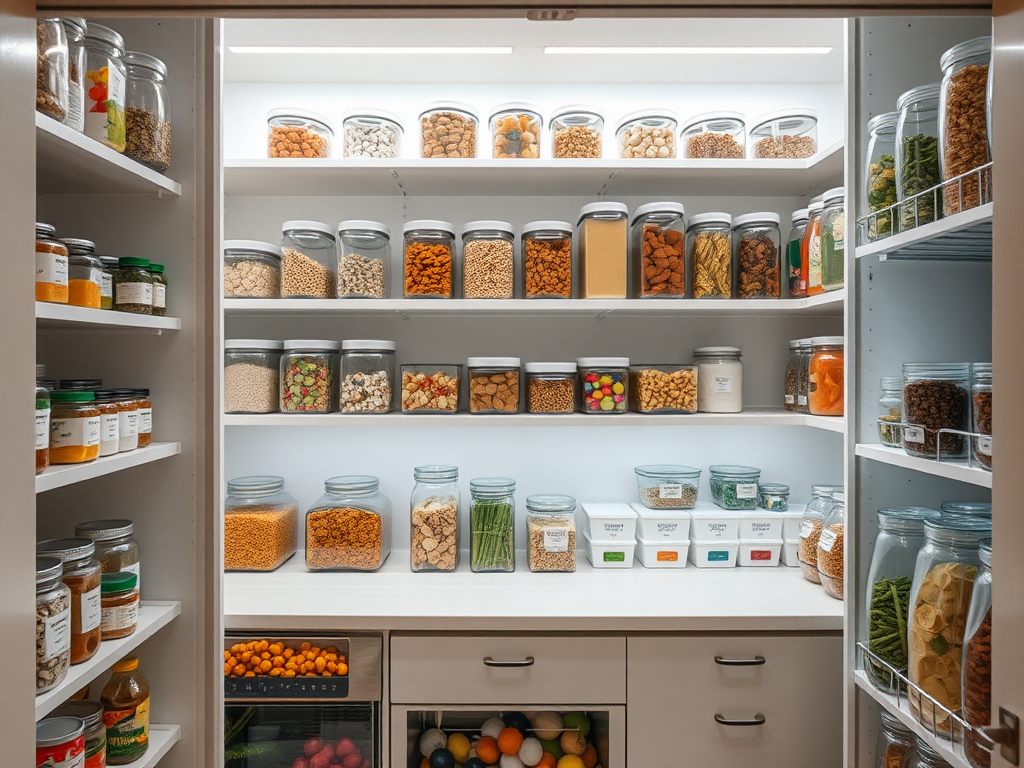
Building an Exercise Habit from Zero to One: A Method That Kept Me Going for a Whole Year
A comprehensive guide to establishing a healthy lifestyle and managing home spaces, covering essential aspects of physical health including weight management, dietary habits, exercise routines, along with practical tips for home organization and maintenance

Master Home Organization from Scratch: Keep Your Nest Tidy and Organized
A comprehensive guide to home organization and storage, covering fundamental principles, space maximization, zone-specific storage strategies, and innovative storage solutions with practical methods for effective home organization

From "Danshari" to "Smart Organization": My Journey in Home Organization
A comprehensive guide to home organization and storage, covering systematic decluttering principles, space planning techniques, categorization strategies, and methods for developing sustainable organization habits


